Affiliate links on Android Authority may earn us a commission. Learn more.
Smartphone stills are getting so much better, but what about video?
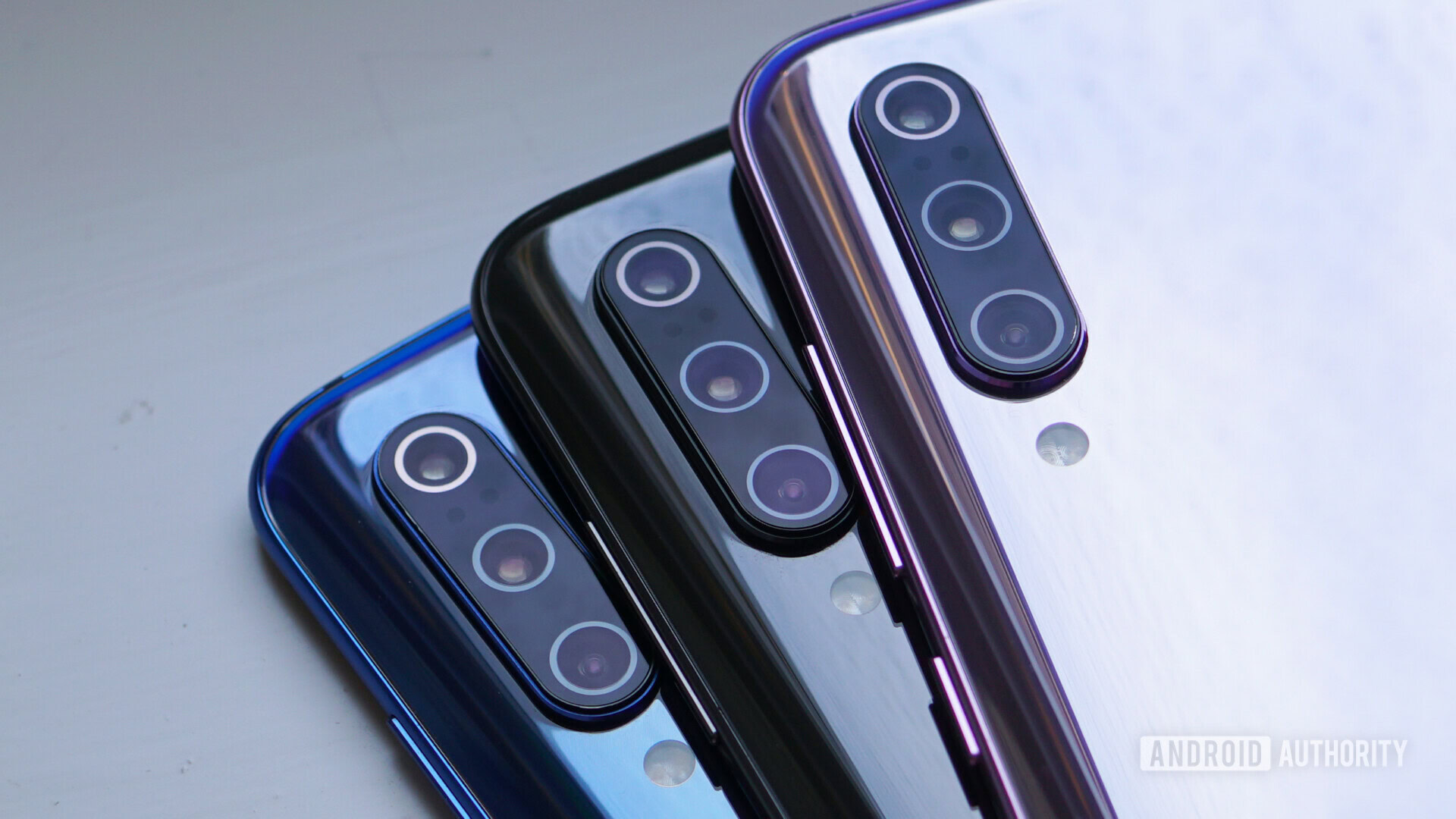
If you watch any smartphone launch event from the last few years, chances are exceptionally good that a large part of that presentation will focus on the phone’s camera. The phone will likely have multiple lenses, state-of-the-art sensors, and software tweaks that will make your photos really pop.
However, you likely won’t hear much about the smartphone video capabilities of the device. If it is even mentioned at all, it’s likely it will be just a brief statement and that’s it.
When it comes down to it, the video capabilities of smartphones appear to be more of an afterthought than anything else.
Yes, most every smartphone will shoot high-definition video — likely in 4K — and feature settings tweaks that will allow you to get some pretty decent footage. When you compare smartphone video features to smartphone still photography features though, there’s likely no comparison. Why is that?
A very common omission
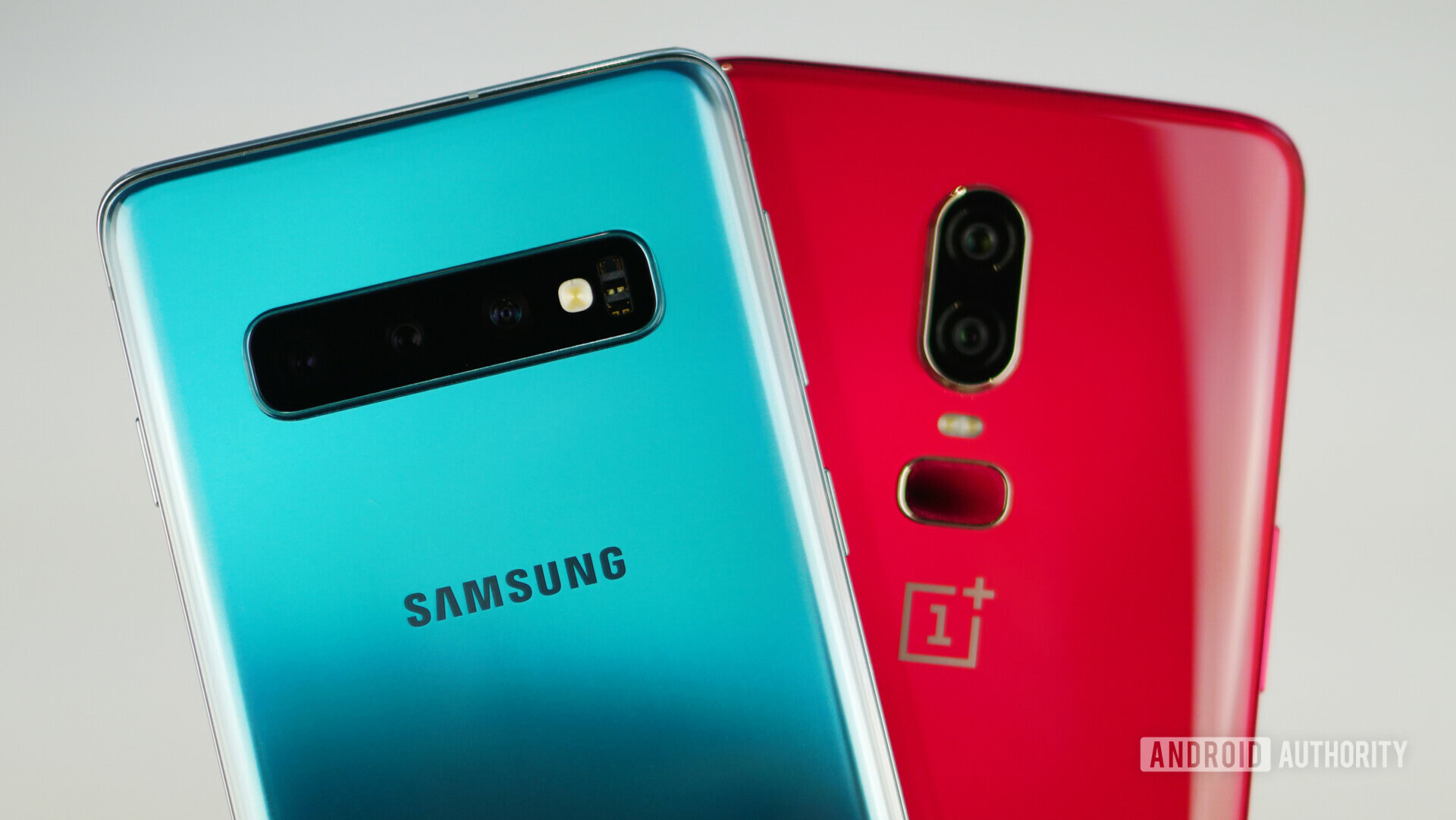
To illustrate how prevalent the omission of smartphone video capabilities really is, take the camera review site DxOMark. However you might feel about DxOMark’s reviews, the organization is a common starting point for many people when it comes to determining the “best” smartphone camera.
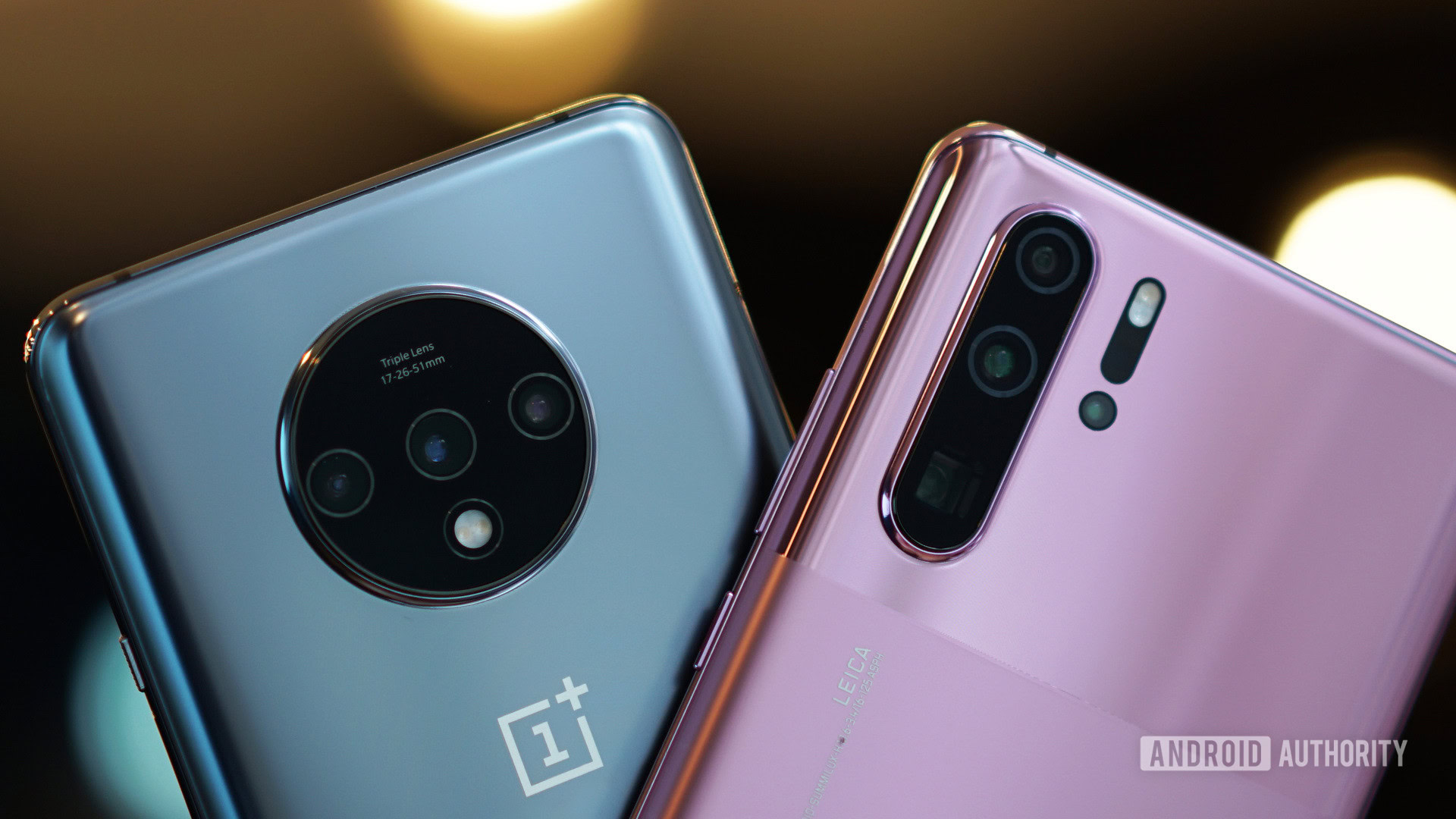
If you pick any of DxOMark’s reviews at random, you’ll likely find that the overwhelming bulk of the page — let’s say over 80 percent — will be devoted to the still photography capabilities of the phone. The video capabilities will be nestled at the bottom of the page, taking up maybe only a few paragraphs of space. If you want to see for yourself, check out the DxOMark reviews for the HUAWEI Mate 20 Pro and the HTC U12 Plus.
If DxOMark — one of the leading smartphone camera analysts — is all but ignoring video capabilities, what kind of message does that send?
Let’s move to another example — take a look at this official promotional video for the Google Pixel 3:
The camera has always been the crown jewel of the Pixel line, and the first third of this video is all about the Pixel 3’s camera — but only when it comes to taking still pictures. The only thing in the promo that references video capabilities of the device is when it mentions Google Playground and its AR characters. Even that is not really “video” related — it’s more of an AR feature than anything else.
Here’s a further example of this: the launch video for the Samsung Galaxy Note 9. In this video, Samsung pushes smartphone still photography pretty hard in the middle of the promo, but makes no mention at all of its video capabilities:
If smartphone manufacturers are also all but ignoring the video capabilities of their own products, why should consumers care?
It’s not just the smartphone manufacturers or the camera analysts that are guilty of ignoring video features — it’s review sites like ours, too. If you read a smartphone review here at Android Authority, you won’t find much about how well the smartphone shoots video.

In our review for the OnePlus 6T, for example, there’s no mention at all of the phone’s video capabilities while there’s plenty of talk of its photo features and upgrades as compared to the OnePlus 6 (the review for that phone has two sentences on video shooting). I’m sure if you go to other smartphone review sites, you’ll find similar omissions.
While it’s certainly not the end of the world, it is quite perplexing that video creation — one of the hallmark features of any smartphone — is brushed aside by the media, the analysts, and even the smartphone manufacturers themselves. Why does video get the cold shoulder?
The likely explanations
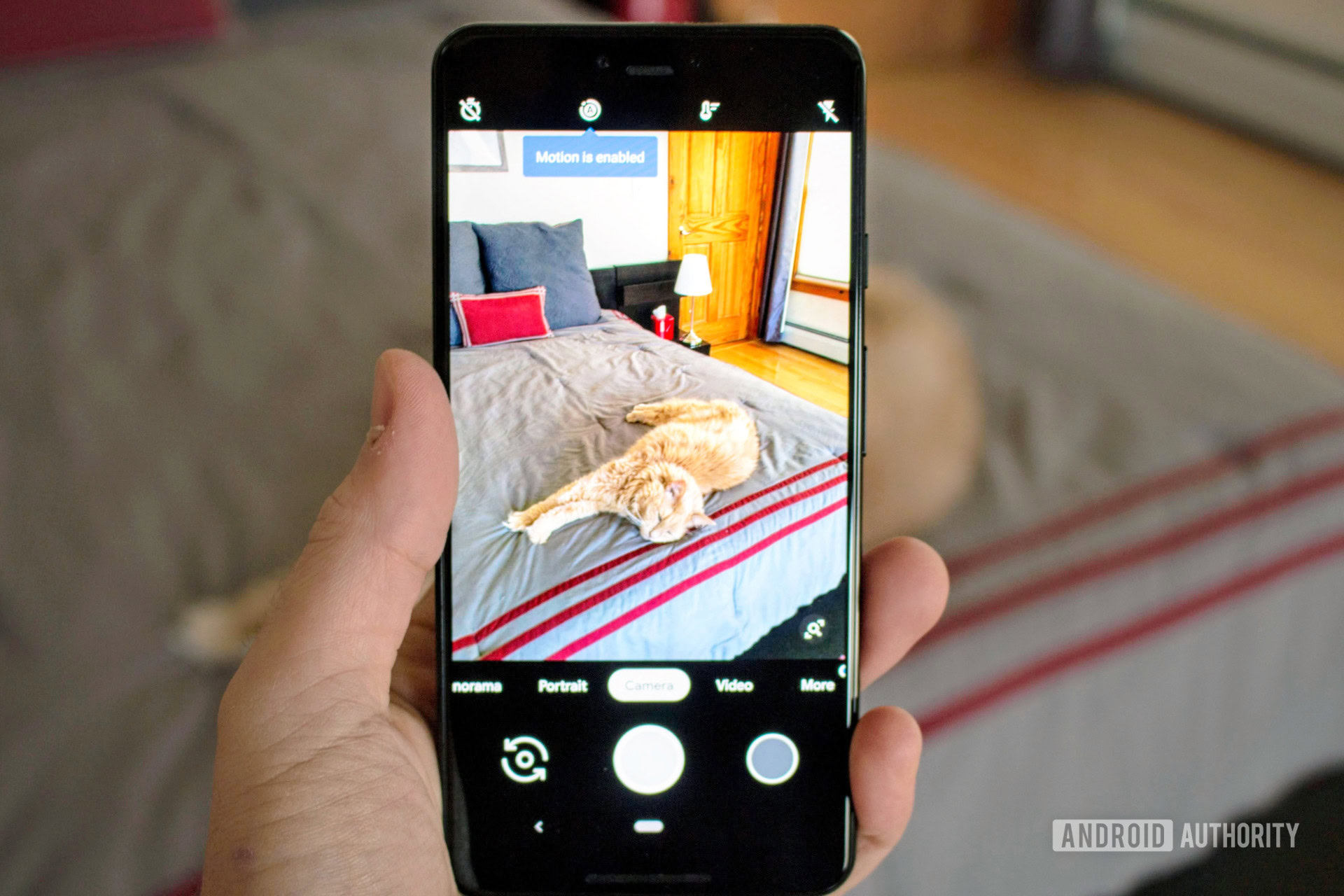
There isn’t really a “smoking gun” explanation for why smartphone video capabilities aren’t more prevalent, but there are a few big reasons why this happens.
The first and likely most important reason is marketing jargon. When companies are trying to push a new phone, they need simple, easy-to-explain reasons why their product is better than another brand’s product. In most cases, still photography features are simply easier to explain over video capabilities.
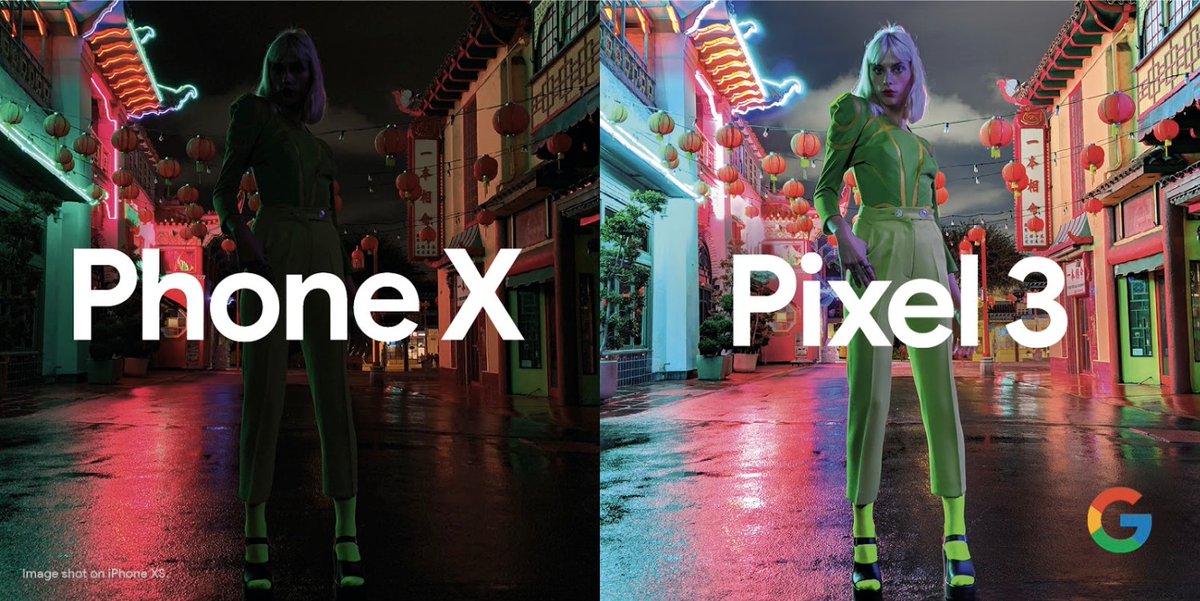
As an example of this, take Google’s Night Sight, the camera feature that makes a photograph taken in the dark magically look like it was taken with perfect lighting. This feature is incredibly easy to explain just with the name alone, and it’s a feature that most everyone who’s taken a picture in the dark with a smartphone will appreciate. It’s an easy sell that’s easily explained.
On the flip side, imagine a marketing campaign trying to explain why shooting at 60fps is better than 30fps. Sure, 60fps is twice as many frames per second, but how would you explain that to someone who has absolutely no idea of why the number of frames in one second of video footage should matter? It’s not an impossible task, sure, but certainly not as easy as “This phone takes good pictures in the dark.”
One of the big reasons for this is the simple fact that selling a photography feature is more straightforward than selling a video one.
The second of the three main reasons that video capabilities tend to be ignored is the technical difficulties of creating really cool features for video shooting. R&D teams working for smartphone manufacturers will likely have a much easier time creating the next-big-feature for smartphone still photography than they would creating something similar for video. The reasoning for that is pretty simple: a photograph is one static image, while video is far more complicated.
As such, you can imagine a smartphone OEM seeing that it will spend more time and money on one tough video feature than it would spend on several still features. In that case, the decision of what to do going forward becomes pretty clear.
When it comes to reviews sites like Android Authority or analyst sites like DxOMark, the most likely reason for the omission of video functions in reviews is that readers don’t seem to mind that the topic is omitted. Here at Android Authority, we don’t see many comments from readers asking about video features, and we imagine DxOMark might have noticed similar trends.
Video can’t be ignored forever
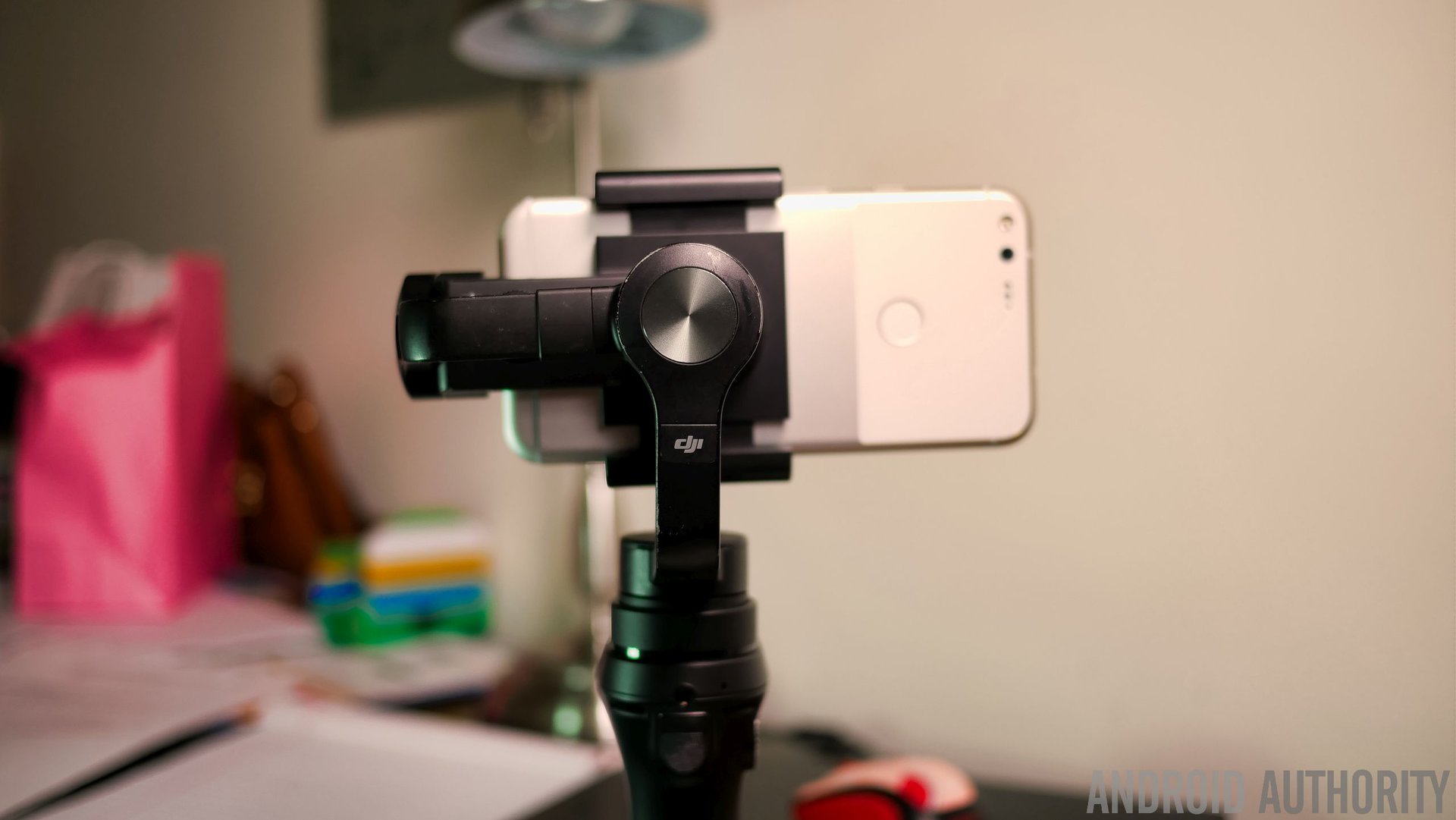
Despite the current shortcomings when it comes to smartphone video, it won’t be like this for long.
Head to a public park on the next nice afternoon and take a look around. Chances are good you’ll see at least a few people taking video footage of some kind, whether it’s filming their children playing, vlogging, or trying to nab a cool slo-mo image of a skateboard trick.
After the park, head to a local nightclub and see how many people take video of their adventures to post on social media. You’ll likely see quite a bit.
It’s clear that people are already heavily integrating video in their lives, and that’s a trend that isn’t going away. With 5G service on the horizon, it’s going to be easier than ever for people to transfer and upload high-definition video content to social platforms or directly to friends and family. With internal storage on smartphones getting bigger and bigger — and cloud backup platforms getting cheaper and cheaper — people also won’t need to worry as much about “space” when filming.
It's clear that people are only going to be using video features more going forward, not less. OEMs will have to respond to this trend.
It should also be mentioned that most social media platforms are pushing for more video content creation on their platforms. Just look at the popularity of Instagram Stories or Facebook’s push for more video content appearing in people’s feeds.
Also, YouTube is only getting bigger and a new generation of YouTube stars is just around the corner. Those stars are going to want access to the best video-creation tools they can get, and they are going to be looking for them from smartphones. It’s in every OEM’s best interests to create those products for them.
It should also be acknowledged that new video features are appearing on devices, despite the fact that few OEMs are heavily promoting them. For example, LG has manual video controls (letting you adjust bit rate, audio levels, etc.) while Sony offers 4K HDR video recording. HUAWEI has video bokeh as well as color pop (which films in black and white but certain objects are still in color) and Pixel devices have motion autofocus. You may or may not have known these features exist, but they do.
This lack of promotion is changing, though. Remember those promotional videos I shared earlier in the article? Check out the one below which is for the just-released Samsung Galaxy S10:
This promo video contains a huge chunk on the video capabilities of the Galaxy S10, including filming HDR10+ footage, optical image stabilization, and automatic filtering and retouching. This is just the beginning — expect more companies to start pushing smartphone video capabilities going forward.
Tell us what you think! Would you like to see Android Authority reviews focus more on smartphone video capabilities? Let us know by casting your vote in the poll below!